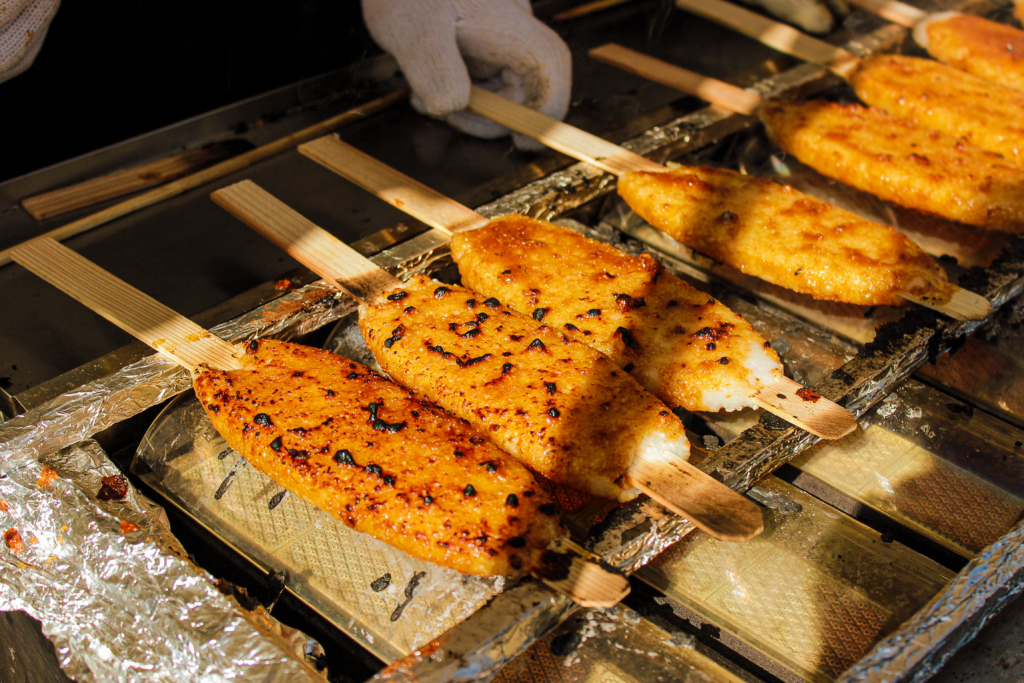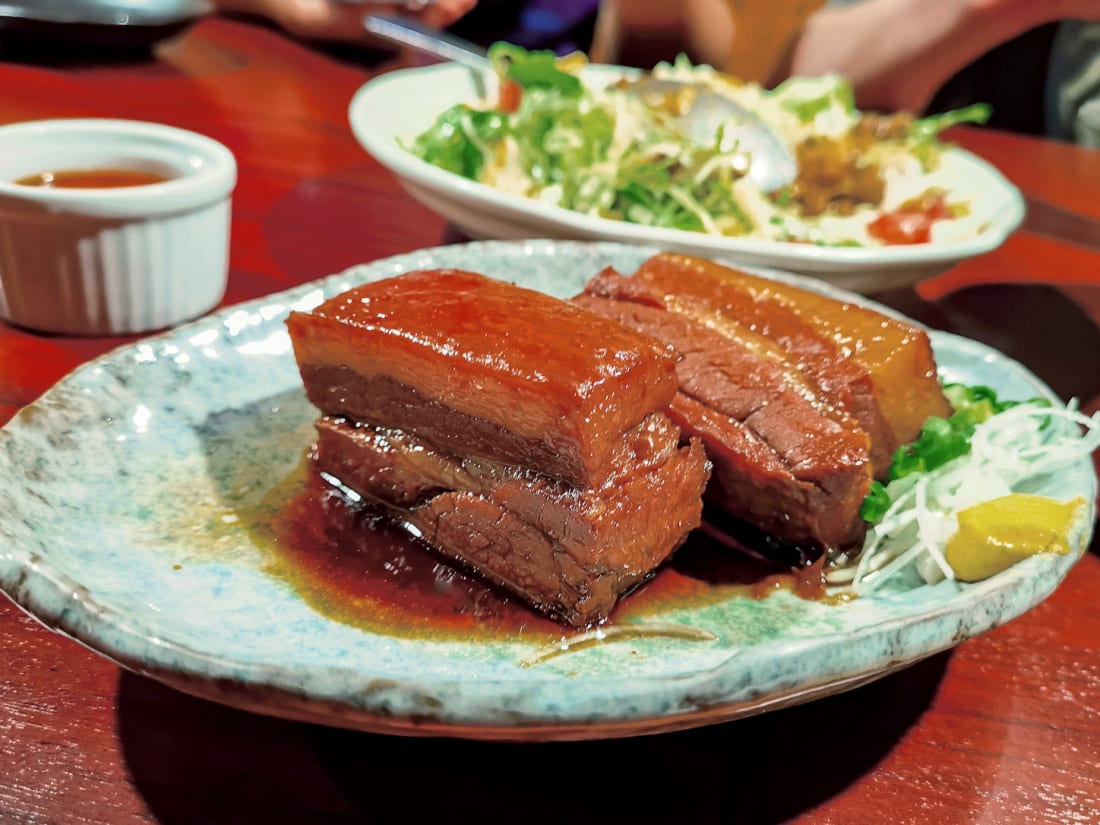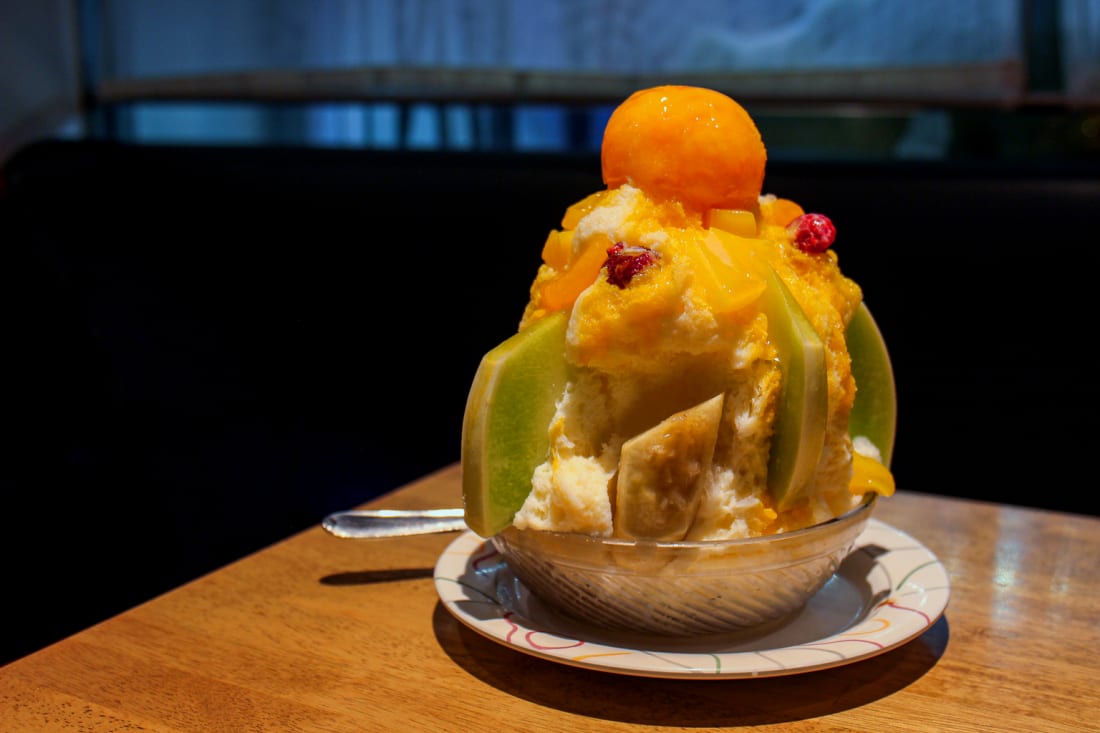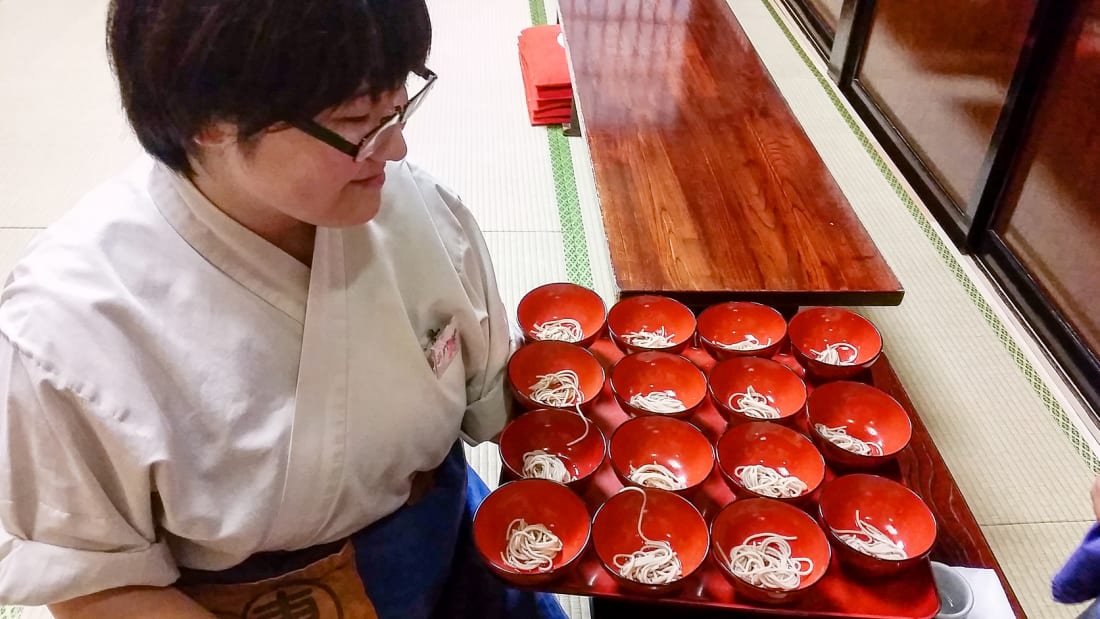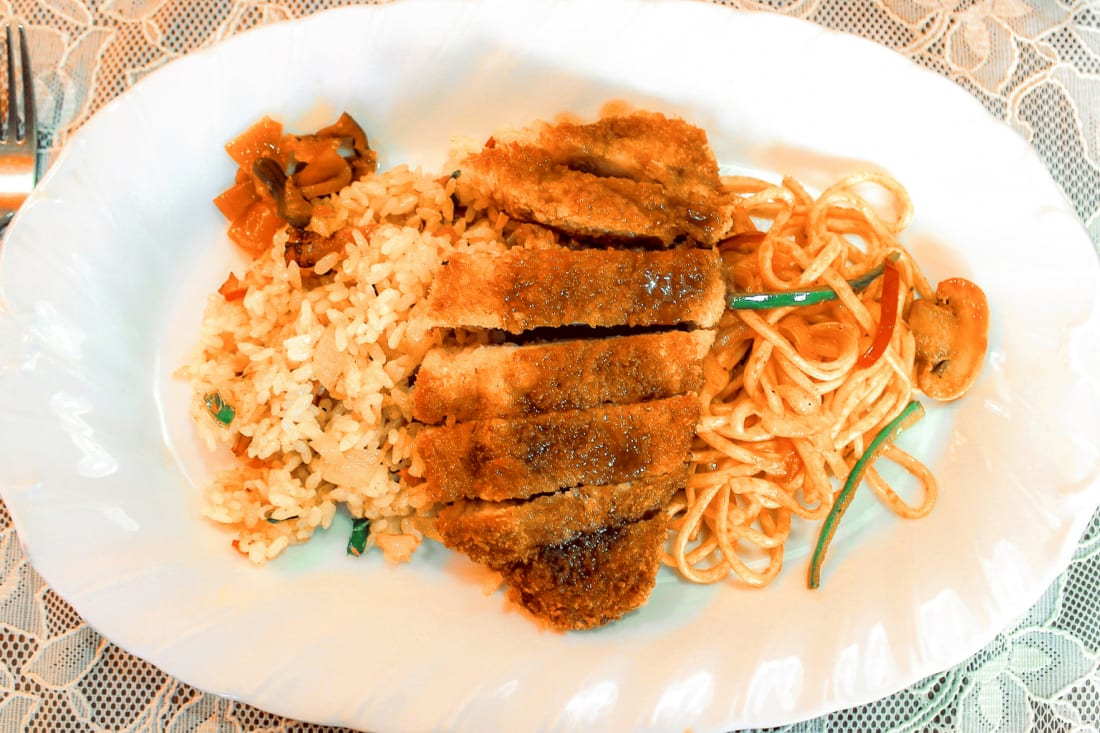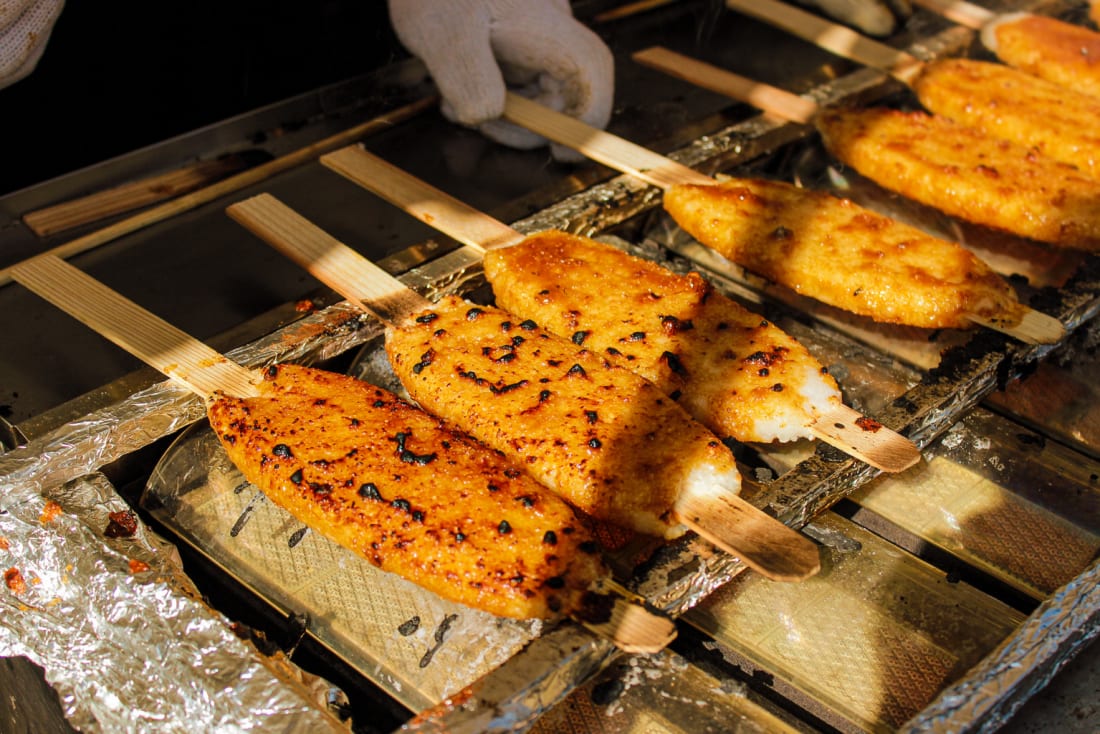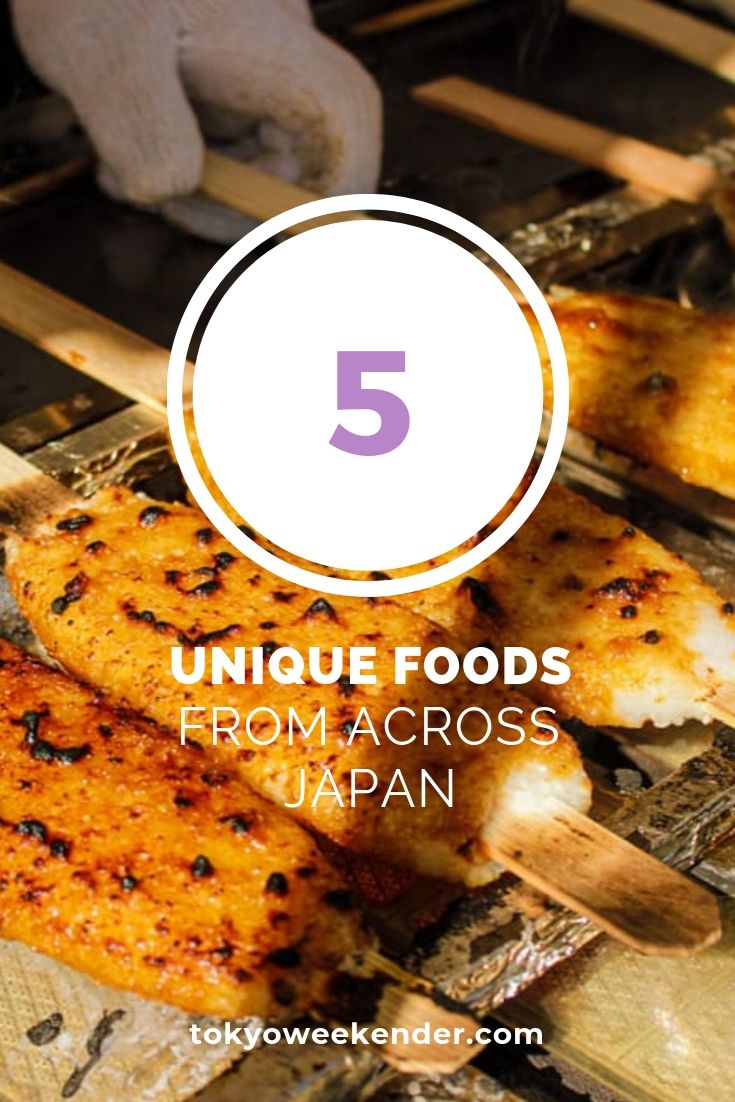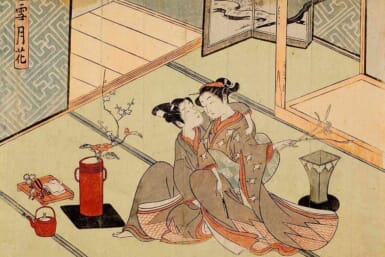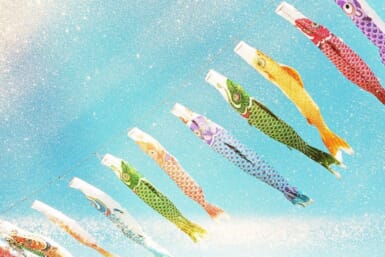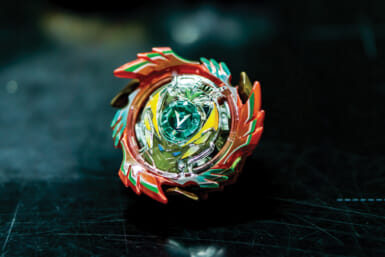As a food-obsessed avid traveller who operates a “must try it all” policy, I probably shouldn’t have moved to Japan. The country is renowned for its seasonal and regional cuisine, and the sheer variety of ingredients. The challenge is near insurmountable, but that hasn’t stopped me from valiantly trying. As I approach five years in the country, I look back on five food experiences, ranging from the divinely delicious to the wonderfully wacky.
An Okinawan Delicacy that Fills the Heart – and Belly
A dish that calls to my very soul… or perhaps just the pits of my stomach. Rafute unites three important ingredients in local Okinawan cuisine: pork, the local distilled liquor awamori and Okinawan kokuto (brown sugar). These are slowly simmered along with soy sauce, and then served up, often with a garnish of scallions and a generous dollop of karashi (Japanese mustard). The meat – both salty and sweet – melts in the mouth to create one of those conversation-stopping moments where all concentration instantly hones in on each morsel. The high fat content means the dish is very rich and is supposed to be enjoyed as part of a tapas-style meal or as an otsumami (snack with alcohol). However, as I was dining with a vegetarian, it was a “shou ga nai” (can’t be helped situation) and I had to ganbaru (try hard) by myself. Tragic.
A Polar Dessert from Tropical Kagoshima
Literally, “polar bear”, this is the must-try dessert in the city of Kagoshima on the very southern tip of Kyushu. A mountain of shaved ice is topped with condensed milk and syrup, along with canned fruit – although many stores have since expanded their toppings menu. There are two competing theories as to how it got its name – from a polar bear on the side of a condensed milk can in the 1930s, or through a creative café owner in the 1940s who added raisins into the ice, and believed these to resemble polar bear eyes. Regardless of its origins, it is the kind of visually spectacular dessert that will bring out the inner child (or Instagrammer) even in the most reserved. I gleefully opted for a melon bonanza. The sheer quantity of ice helped the sugar slide down, but it was a mission – albeit a sweet one – to work through a whole bowl.
Join the Wanko Soba Century Club in Morioka
A name that is likely to produce a snigger from any childish Brits (like myself), wanko soba are buckwheat noodles served in one-slurp sized bowls to be eaten consecutively. While this sounds like an amusing eating experience, what I was not expecting was the time pressure. A server with a tray laden with bowls stands over you. As you down your first portion, he or she will shout “jan jan” before placing the next one before you. There is no time to hesitate: you must continue immediately or declare defeat. Cool and refreshing though soba are, the meal quickly becomes a frantic rhythm with the added pressure of performance. I had eaten a three-course lunch only hours before, so when at the end, I received a little wooden plaque as a souvenir with “92 bowls” written on it, I felt faintly proud. However, many adults can consume way over 100. Go hungry and challenge yourself.
Bizarre “Turkish” Food for the Soul in Nagasaki
B-kyu gurume – literally, “B-class cuisine” – is Japanese soul food and, frankly, it’s often quite bizarre. A few years ago, I dragged my poor mother to a cafeteria in Nagasaki. She could have been enjoying fresh seafood or feasting on local oysters. Instead, she bravely tolerated “Turkish rice,” which is a plate half filled with pilaf, half with tomato ketchup-flavored spaghetti, and topped with a deep-fried pork cutlet. It’s also very un-Turkish. There are various theories as to how the dish got its name, but one popular suggestion is that the rice represents Asia and the pasta Italy, and so Turkey represents the perfect bridge between the West and the East. Despite sounding highly dubious, the dish works as simple comfort food… although I would probably still recommend fresh seafood.
Mochi Rice Cakes Are All The Buzz in Kushihara
One November, I found myself in a communal kitchen, deep in the Gifu countryside preparing food for a festival. I was surrounded by locals who were making gohei mochi – a kind of skewered rice cake smothered in a sweet miso sauce, sometimes also with peanuts, sesame or walnuts added as extra flavors. The special ingredient in this case? Black wasps.
Every year, the town of Kushihara holds the hebo matsuri, or wasp festival, where people proudly bring along wasp nests they have raised throughout the summer. These are weighed in a competition, with the heaviest claiming victory, and then sold. There are other kinds of wasp cuisine available from stalls, including wasp rice, wasp tempura and wasp doughnuts. If you’re really lucky, you might be treated to live larvae directly from the nests. Some of the villagers also hunt the notorious Japanese hornets and the local shop sells liquor containing these striking specimens.
Follow all of Phoebe Amoroso’s culinary adventures on Twitter at @PheebzEatz

